Your Intersectional Identity
Each person has an identity that is unique. You may identify with many different groups. You may describe yourself as having many characteristics.
Review the Wheel of Power/Privilege table. It is organized based on different categories of social identity (e.g., gender, skin colour, sexuality, ability, etc.)
Wheel of Power and Privilege
| Categories of Social Identity | Least Amount of Power/Privilege (Outer circle of the Wheel) | Moderate Amount of Power/Privilege (Middle of the Wheel) | Most Amount of Power/Privilege (Center of the Wheel) |
|---|---|---|---|
| Skin colour | Dark | Different shades | White |
| Education | Elementary | High school | Post-secondary |
| Ability | Significant disability | Some disability | Able bodied |
| Sexuality | Lesbian, Bi, Pan, Asexual | Gay men | Heterosexual |
| Neurodiversity | Significant neurodivergence | Neuroatypical | Neuro-typical |
| Mental health | Vulnerable | Mostly stable | Robust |
| Body size | Large | Average | Slim |
| Housing | Homeless | Sheltered/Renting | Owns property |
| Wealth | Poor | Middle class | Rich |
| Language | Non-English monlingual | Learned English | English |
| Gender | Trans, Intersex, Non-binary | Cisgender women | Cisgender men |
| Citizenship | Undocumented | Documented | Citizen |
Adapted by Sylvia Duckworth, from https://ccrweb.ca/en/anti-oppression
The closer you are to the centre within each of the categories, the more power you possess. People who identify with many categories near the center are likely part of the dominant culture or privileged group.
Reflection
As you consider the Wheel of Power/Privilege, think about the categories with the least amount of power/privilege that you might identify with.
Next, think about the other categories that may resonate with you.
